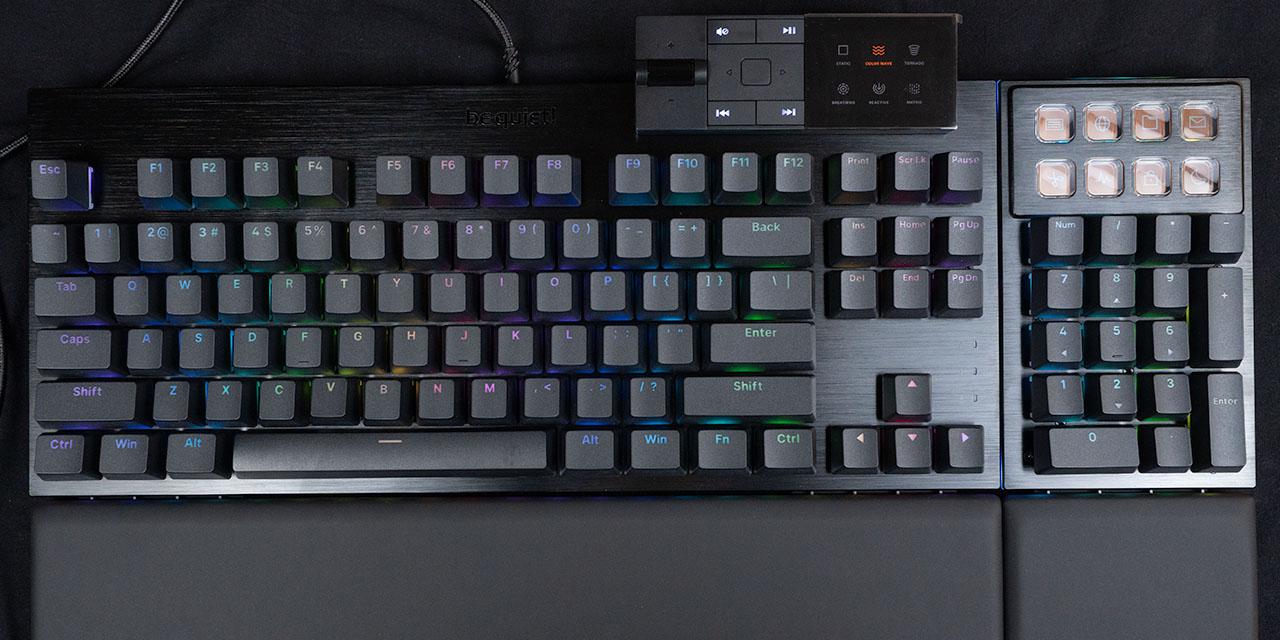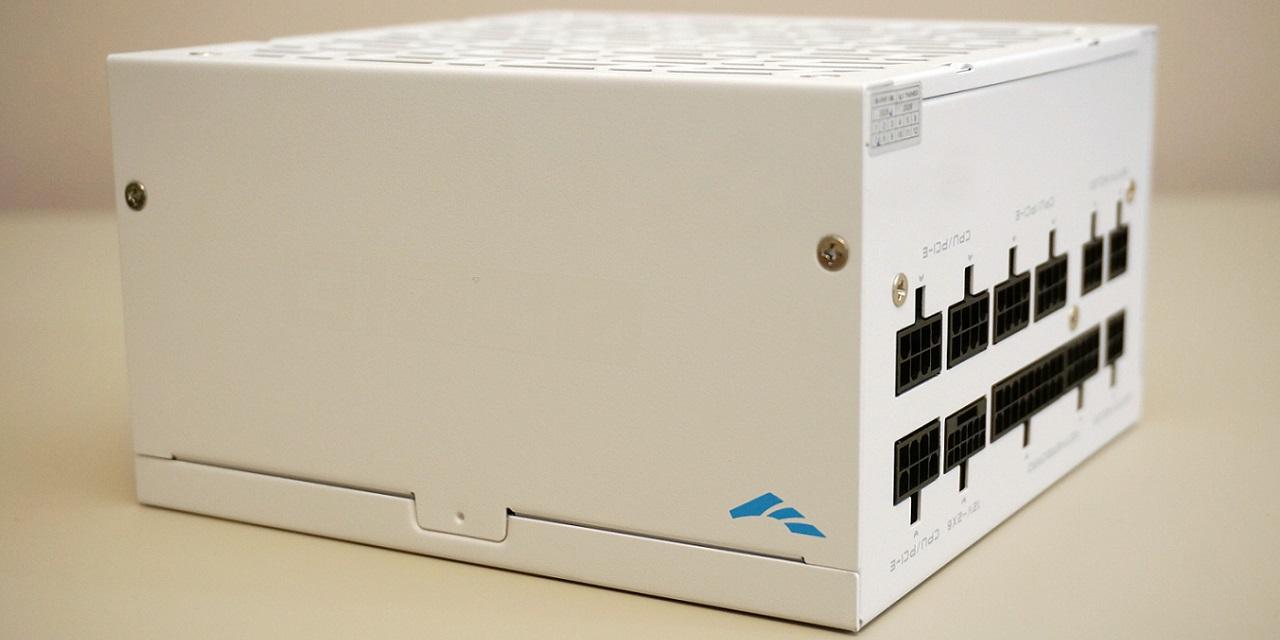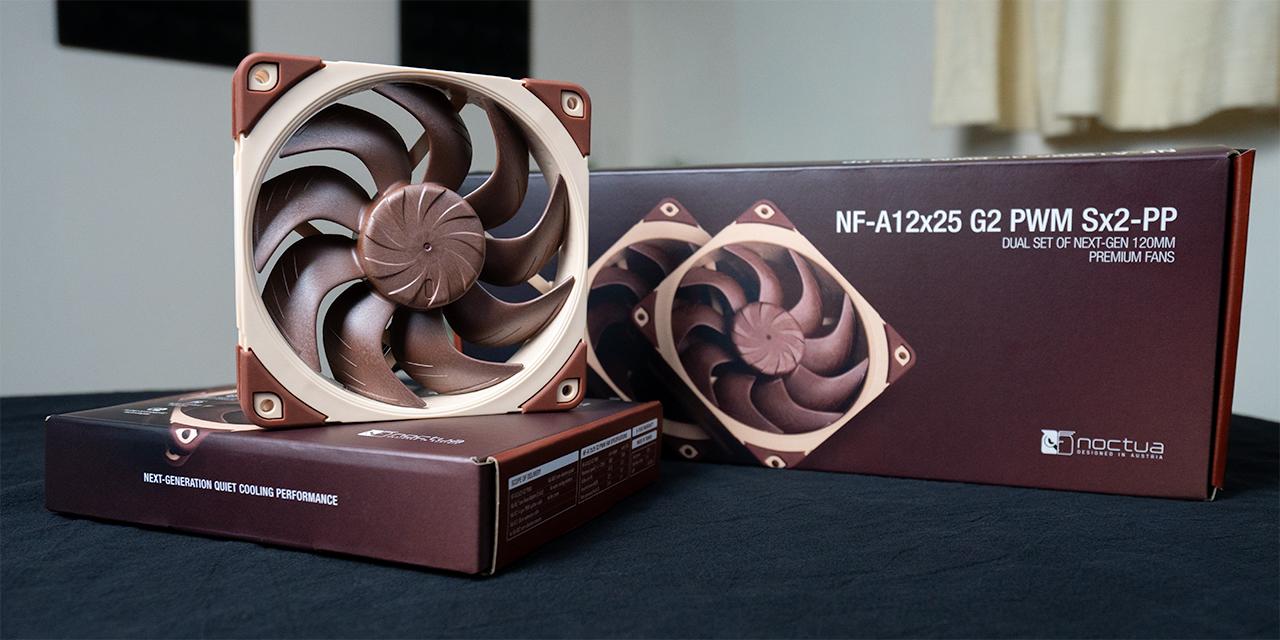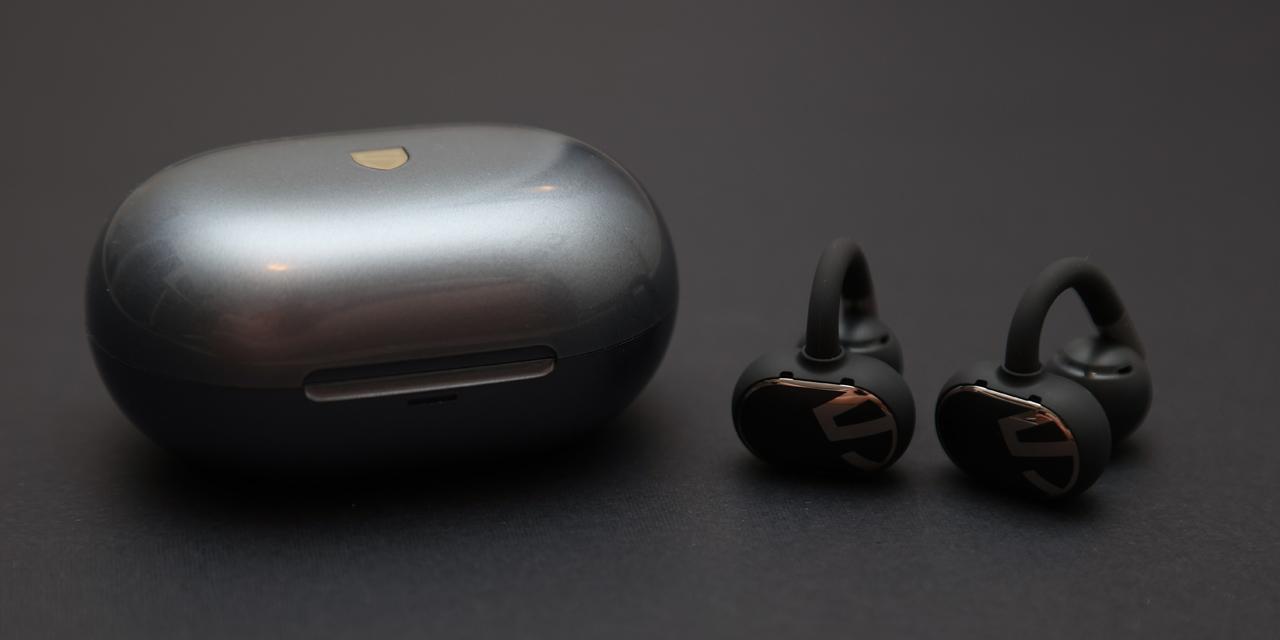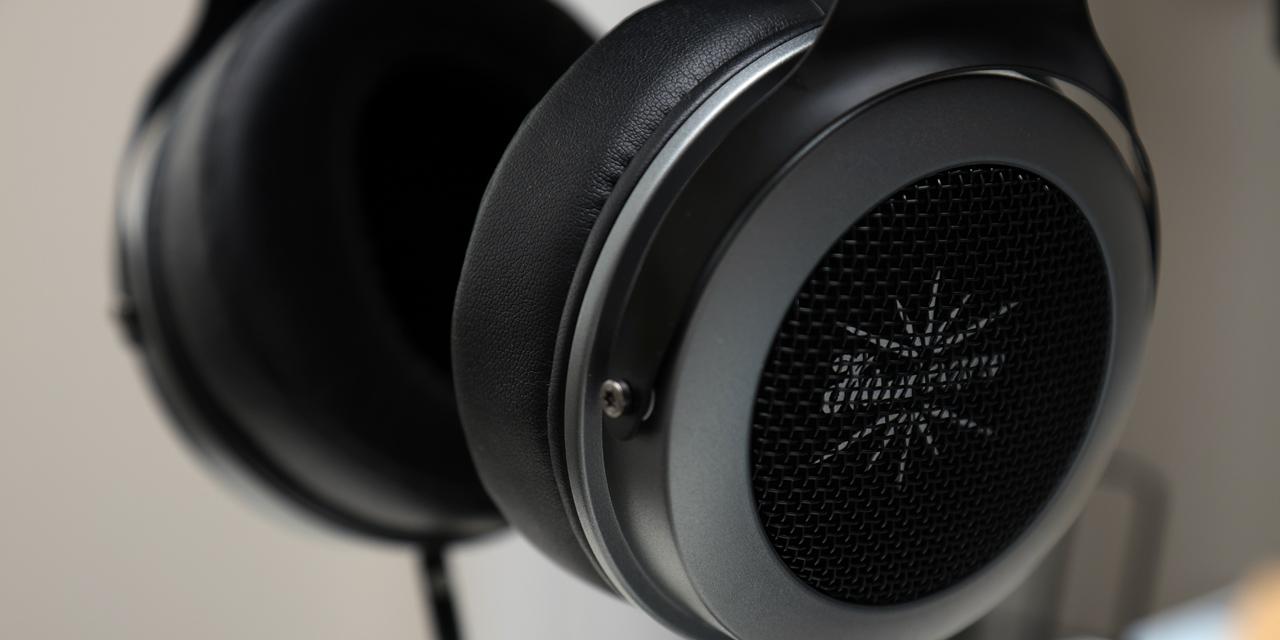Page 2 - A Closer Look, Test System

The Lexar PLAY 2280 4TB is notably larger than the first Lexar PLAY 1TB we reviewed last year for several reasons. First, this includes a substantial metal heatsink out of the box. It is clean with a silver and black finish. The company and product names are found on the top here, sandwiched in between two silver accent pieces. This heatsink is a solid chunk of metal, and is intended to cool down the components underneath. Lexar has not clarified what this heatsink is made from, but I would assume it is aluminum. The top piece sits sandwiched in a metal frame, and is held in place with four screws. The components underneath contact this heatsink through a gray thermally conductive pad. This is PlayStation 5 compatible, as there is clearance for this heatsink in the console, but you will not be able to fit this into any laptop. As I have mentioned previously, there is a smaller 2230 variant for handheld devices like the Steam Deck.
The Lexar PLAY 2280 4TB, as the name suggests, is an M.2 2280 format SSD. This means the internal drive itself is 22m wide and 80mm long. However, with the frame to hold the heatsink, the Lexar PLAY 2280 4TB measures 24mm in width. The heatsink also increases the thickness to 10mm. Its components are on the black printed circuit board. The Lexar PLAY 2280 4TB utilizes the NVMe 2.0 logical devices interface and plugs directly into compatible motherboards via the M.2 header. Electrically, this interfaces with PCIe 4.0. The PLAY 2280 uses four lanes for up to 8000MB/s bandwidth in each direction. The weight of the Lexar PLAY 2280 4TB is 52g.

On the flipside of the Lexar PLAY 2280 4TB, you will not find any components of interest, whether looking at this aluminum shell or the exposed PCB. The labels here denote miscellaneous information for this product's model name, capacity, serial number, and regulation certifications. Otherwise, you can see this originated from Taiwan.

Removing the heatsink of the Lexar PLAY 2280 4TB is an effortless process. There are four screws holding the top portion in place. Afterwards, you can pry off the top metal chunk and peel off the label underneath. Once the PCB is made bare, it is clear this drive does not share any of the same components as the smaller 2230 version. At the heart of the PLAY 2280 4TB is a MaxioTech MAP1602A. There are other drives that share the same controller, including Lexar's NM710, as well as the Netac NV7000-t and Netac NV7000-Q. This is an NVMe solution on the M.2 socket that uses the PCIe 4.0 standard. It is built on TSMC's 12nm process with a 32-bit ARM Cortex R5 quad-core processor. There is no additional memory chip on the SSD. There is a bit of a disadvantage to having no DRAM, as this can affect prolonged read and write performance. To alleviate this problem, some SSDs without DRAM may utilize HMB, or Host Memory Buffer, and allocate some of the system's memory as a buffer location for faster access compared to flash NAND access. This is the case with the Lexar PLAY 2280 4TB. While this is useful for PCs, Sony PlayStation 5 does not support HMB, so we may not see the same performance between a computer and console. The controller also supports native full drive encryption.
There are four Longsys-branded YMTC Xtacking 3.0 232-layer triple-level cells located by the controller. Each of the chips has a 1TB capacity for a total of 4TB across the four chips. Its rated write endurance is a whopping 3200TBW, which is excellent. For comparison, the Lexar Professional NM800 PRO 2TB has a write endurance of 2000TBW, while the smaller Lexar PLAY 1TB has a write endurance of 600TBW. Even for its large capacity, the Lexar PLAY 2280 4TB has great per-TB write endurance. 3200TBW is over 1753GB per day for five years. Internally, there is no provisioned capacity for overhead, so the actual usable space is 4096GB. In Windows, you will see 3815.4GB available. We could not find the rated power consumption for this drive.

To see how all this hardware translates to numbers in our benchmarks, we will pit the PLAY 2280 4TB against other SSDs from manufacturers like Crucial, Lexar, Kingston, and Netac in the next seven pages or so.
Our test configuration is as follows:
CPU: Intel Core i5-12600K
CPU Cooling: be quiet! Light Loop 360mm
Motherboard: ASUS ProArt Z690-Creator WiFi
RAM: Crucial Pro Overclocking DDR5-6000 2x16GB
Graphics: EVGA GeForce RTX 3070 FTW3 ULTRA GAMING
Chassis: Thermaltake Core P3 TG Pro Snow
Storage: XPG Atom 30 1TB
Power: FSP Hydro PTM Pro 1200W
Operating System: Microsoft Windows 11 Pro
Compared Hardware:
- Lexar PLAY 2280 4TB
- Crucial P310 2280 2TB (Heatsink Version)
- Kingston NV3 2TB
- Lexar Professional NM800 PRO 2TB
- Netac NV7000-Q 1TB
- Netac NV7000-t 1TB
Page Index
1. Introduction, Packaging, Specifications
2. A Closer Look, Test System
3. Benchmark: AIDA64 Disk Benchmark
4. Benchmark: ATTO Disk Benchmark
5. Benchmark: Crystal Disk Mark 8.0
6. Benchmark: HD Tune Pro 5.70
7. Benchmark: PassMark PerformanceTest 11
8. Benchmark: PCMark 10
9. Benchmark: 3DMark
10. Conclusion
